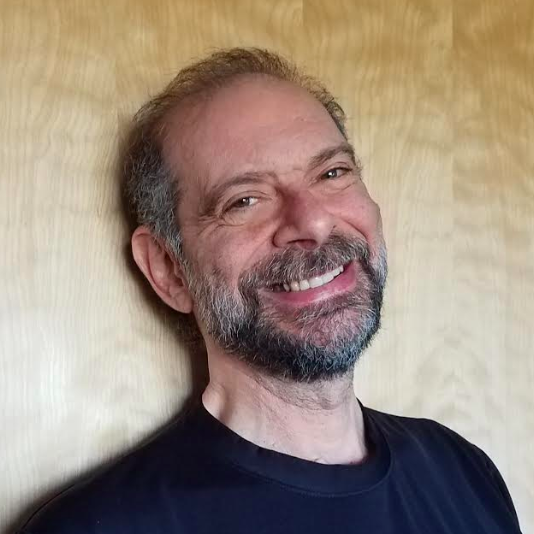
Lately, we’ve been seeing an effort to broaden the audience of the climate change discussion to reach “beyond the choir,” as it were, by highlighting the role the climate change in the daily lives of everyone. Last week, for example, President Barack Obama participated in a discussion of the link between climate change and public health.
Soon after, the Natural Resources Defense Council (NRDC) hosted a conference call based on its new report, Bridging the Clean Energy Divide. The call focused specifically on the challenges that climate change poses to low-income families, seniors and rural communities. Public health is a portion of this conversation, but it also includes financial impacts, both in terms of reduced expenditures and job creation.
None of it was rocket science, of course. If you live on a fixed income, fluctuations in energy prices can have a dizzying impact. Money not spent on electricity or fuel oil can be used to buy better quality food, or for self-improvement or health care. If you’re a farmer, flooding and droughts can devour your income. If you are poor, you are less able to withstand an onslaught of killer temperatures, or to bounce back afterwards.
Katharine McCormick, Midwest advocate for NRDC, talked about how, in 2012, a severe heat wave hit rural Maryland accompanied by powerful thunderstorms. The power was out in some areas for four days. Eighteen people died, mostly from heat stress. Air conditioning was essential, but those without back-up generators simply didn’t have it. The poor and the elderly are the most vulnerable to these events, especially in rural areas.
Some health impacts are more subtle. Studies conducted by the EPA and the American Lung Association predict that cutting carbon pollution will avoid 6,600 premature deaths, 150,000 asthma attacks, 3,300 heart attacks, and more than 490,000 missed school and work days each year.
When we speak about clean energy, it’s important that we include energy efficiency in that category. Financially speaking, an investment in energy efficiency is a gift that keeps on giving: An energy efficient home, equipped with the latest energy efficient appliances and HVAC systems, improves the resiliency of families and helps them to better ride out fluctuations in energy prices. What’s often overlooked is the fact that when one customer invests in energy-saving technology it helps all customers by reducing the capacity overhead a utility must carry to meet peak demand. In this way, programs like senior citizen weatherization or zero-interest loan programs like How$martKY, which allow people to upgrade their homes for efficiency, benefit the entire community.
Likewise, renewable energy can do even more to smooth out the bumps in the road, whether it’s installed on the rooftop or at the local utility. Of course, wind farm development is also contributing to economic gains in many rural areas. The EPA’s Clean Power Plan, while putting pressure on coal-mining areas, will provide all these benefits at the same time.
"The poor and elderly already devote a large portion of their income to energy costs, (8.3 percent versus the national average of 2.9 percent), but that doesn't have to be the case," Kat McCormick said. "The reliability of fossil fuels has been overstated. When we diversify our energy portfolio and invest in efficient and renewable sources like solar and wind, we help improve reliability, decrease our dependence on the market, and insulate people -- especially the poor -- from unpredictable coal and gas price spikes."
Reverend Dr. Gerald Durley, who also participated in the call, upped the ante when he said:
“When unprecedented weather disasters devastate the poorest neighborhoods in places like New Orleans, New Jersey and New York, [climate change] is a civil rights issue."Susan Casey-Lefkowitz, who writes for NRDC, summed it all up nicely: “Fossil fuel companies and their allies in Congress are trying to block carbon limits at every turn,” even as “vulnerable populations lack access to clean energy.” But, “the solution is not to continue our dependence on dirty fossil fuels but to make clean energy more accessible and affordable. The EPA's Clean Power Plan [combined with] state leadership will help achieve that."
Image credit: Daniel Foster/Flickr Creative Commons

RP Siegel (1952-2021), was an author and inventor who shined a powerful light on numerous environmental and technological topics. His work appeared in TriplePundit, GreenBiz, Justmeans, CSRWire, Sustainable Brands, Grist, Strategy+Business, Mechanical Engineering, Design News, PolicyInnovations, Social Earth, Environmental Science, 3BL Media, ThomasNet, Huffington Post, Eniday, and engineering.com among others . He was the co-author, with Roger Saillant, of Vapor Trails, an adventure novel that shows climate change from a human perspective. RP was a professional engineer - a prolific inventor with 53 patents and President of Rain Mountain LLC a an independent product development group. RP was the winner of the 2015 Abu Dhabi Sustainability Week blogging competition. RP passed away on September 30, 2021. We here at TriplePundit will always be grateful for his insight, wit and hard work.














